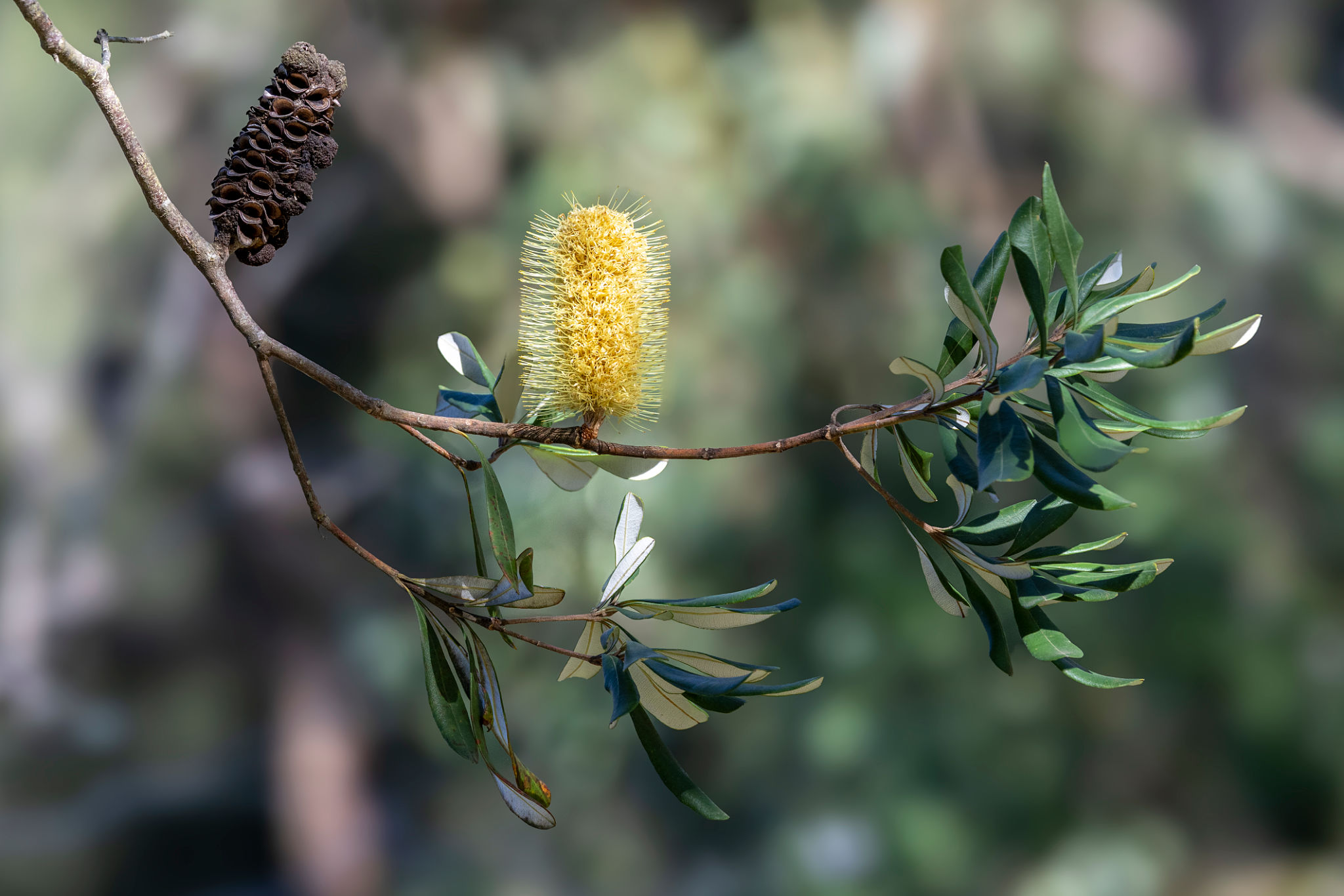Expert Tips for Maximizing the Environmental Impact of Your Bio-Swale
Understanding the Basics of Bio-Swales
Bio-swales are engineered landscape features designed to manage stormwater runoff, improve water quality, and enhance the beauty of urban areas. They work by using vegetation and soil to filter and slow down water flow, allowing it to infiltrate the ground. By integrating bio-swales into your property or community plan, you can significantly reduce pollution levels in local waterways.

Choosing the Right Location
Proper placement is crucial for the effectiveness of a bio-swale. Ideally, you should choose a location where water naturally collects during heavy rains. This might be near parking lots, roads, or roof downspouts. Ensure that the area slopes towards the bio-swale to facilitate water flow. It’s important to avoid areas with high foot traffic or where soil erosion might occur.
Assessing Soil Composition
The soil in your bio-swale should support both water infiltration and plant growth. Conduct a soil test to determine its composition and drainage capacity. Sandy or loamy soils are ideal as they allow water to penetrate quickly, while clayey soils may require amendments to improve drainage. Adding organic matter can also help enhance soil structure and fertility.
Selecting Appropriate Vegetation
Choosing the right plants is essential for maximizing the environmental benefits of your bio-swale. Opt for native species that are adapted to local climate conditions and able to withstand both wet and dry periods. These plants typically have deep root systems that help stabilize the soil and increase water infiltration. Consider using a mix of grasses, shrubs, and wildflowers for biodiversity.

Planting Techniques
Proper planting techniques can significantly impact the success of your bio-swale. Space plants appropriately to allow for growth and airflow, reducing the risk of disease. Mulching around plants helps retain moisture, suppress weeds, and regulate soil temperature. Regular maintenance, especially in the first few years, is crucial for plant establishment.
Ensuring Effective Water Management
A well-designed bio-swale will efficiently manage water during both small and large storm events. Ensure that the swale is graded correctly to direct water flow and prevent pooling. Installing check dams or berms within the swale can slow down water flow, increasing infiltration time and preventing erosion. Regularly inspect the swale for debris or blockages that could impede water movement.
Monitoring and Maintenance
Regular monitoring is key to maintaining the functionality of your bio-swale. Check for signs of erosion, plant health issues, or sediment buildup. Maintenance tasks may include removing invasive species, replacing dead plants, and clearing debris from inlets and outlets. Implementing a maintenance schedule ensures that your bio-swale continues to function effectively over time.
Community Engagement and Education
Engaging your community in the creation and maintenance of bio-swales can enhance their environmental impact. Educational signage can inform the public about the benefits of bio-swales and encourage community participation in conservation efforts. Hosting workshops or volunteer planting days can also foster a sense of stewardship and increase awareness about sustainable practices.

By following these expert tips, you can maximize the environmental impact of your bio-swale, contributing to healthier ecosystems and more resilient urban landscapes. With thoughtful design, proper maintenance, and community involvement, bio-swales can play a pivotal role in sustainable stormwater management.